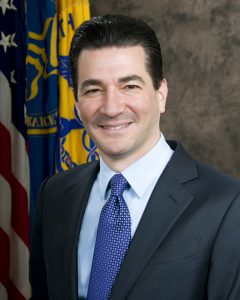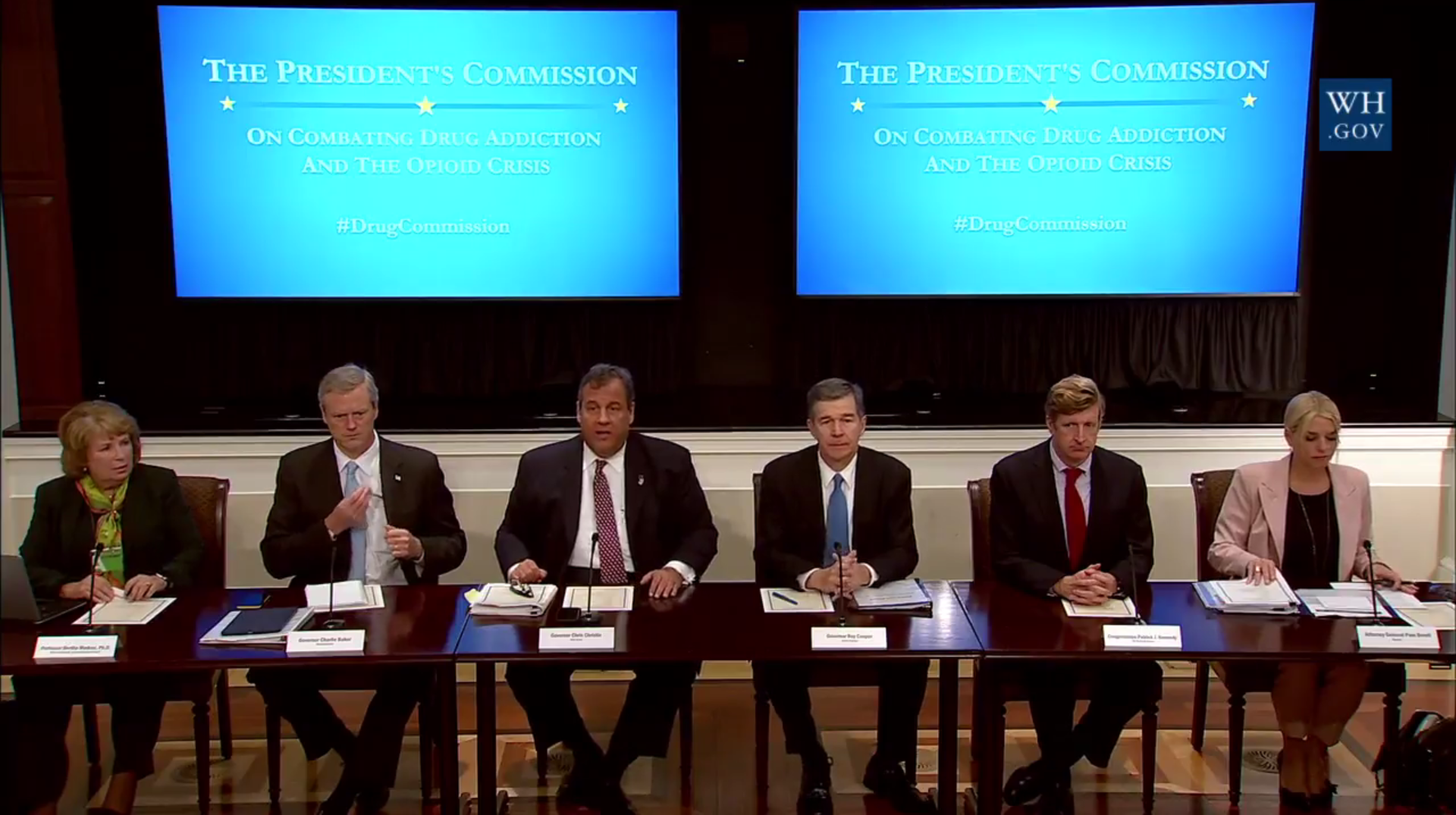CDC Blames Fentanyl for Spike in Overdose Deaths
/By Pat Anson, Editor
The Centers for Disease Control and Prevention released a new report today estimating that 63,632 Americans died of a drug overdose in 2016 – a 21.5% increase over the 2015 total.
The sharp rise in drug deaths is blamed largely on illicit fentanyl, a powerful synthetic opioid that has become a scourge on the black market. Deaths involving synthetic opioids doubled in 2016, accounting for about a third of all drug overdoses and nearly half of all opioid-related deaths.
For their latest report, CDC researchers used a new “conservative definition” to count opioid deaths – one that more accurately reflects the number of deaths involving prescription opioids by excluding those attributed to fentanyl and other synthetic opioids. Over 17,000 deaths were attributed to prescription opioids in 2016, about half the number that would have been counted under the “traditional definition” used in previous reports.
CDC researchers recently acknowledged that the old method "significantly inflate estimates" of prescription opioid deaths.
The new report, based on surveillance data from 31 states and the District of Columbia, shows overdose deaths increasing for both men and women and across all races and demographics. A wider variety of drugs are also implicated:
- Fentanyl and synthetic opioid deaths rose 100%
- Cocaine deaths rose 52.4%
- Psychostimulant deaths rose 33.3%
- Heroin deaths rose 19.5%
- Prescription opioid deaths rose 10.6%
The CDC also acknowledged that illicit fentanyl is often mixed into counterfeit opioid and benzodiazepine pills, heroin and cocaine, likely contributing to overdoses attributed to those substances.
2016 DRUG RELATED DEATHS
West Virginia led the nation with the highest opioid overdose rate (43.4 deaths for every 100,000 residents), followed by New Hampshire, Ohio, Washington DC, Maryland and Massachusetts. Texas has the lowest opioid overdose rate.
‘Inaccurate and Misleading” Overdose Data
The CDC's new method of classifying opioid deaths still needs improvement, according to John Lilly, DO, a family physician in Missouri who took a hard look at the government’s overdose numbers. Lilly estimates that 16,809 Americans died from an overdose of prescription opioids in 2016.
“Not all opioids are identical in abuse potential and likely lethality, yet government statistics group causes of death in a way that obscures the importance of identifying specific agents involved in deadly overdoses,” Lilly wrote in a peer reviewed article recently published in the Journal of American Physicians and Surgeons..
Lilly faults the National Institute on Drug Abuse (NIDA) -- which relies on a CDC database -- for using “inaccurate and misleading” death certificate codes to classify drug deaths. In its report for 2016, NIDA counted illicit fentanyl overdoses as deaths involving prescription opioids. As a result, deaths attributed to pain medication rose by 43 percent, at a time when the number of opioid prescriptions actually declined.
“That large an increase in one year from legal prescriptions does not make sense, particularly as these were being strongly discouraged,” Lilly wrote. “Rather than legal prescription drugs, illicit fentanyl is rapidly increasing and becoming the opioid of choice for those who misuse opioids... Targeting legal prescriptions is thus unlikely to reduce overdose deaths, but it may increase them by driving more users to illegal sources.”
Some researchers believe the government undercounts the number of opioid related deaths by as much as 35 percent because the actual cause of death isn’t listed on many death certificates.
“We have a real crisis, and one of the things we need to invest in, if we’re going to make progress, is getting better information,” said Christopher Ruhm, PhD, a professor at the University of Virginia and the author of a overdose study recently published in the journal Addiction.
Ruhm told Kaiser Health News the real number of opioid related deaths is probably closer to 50,000.


























